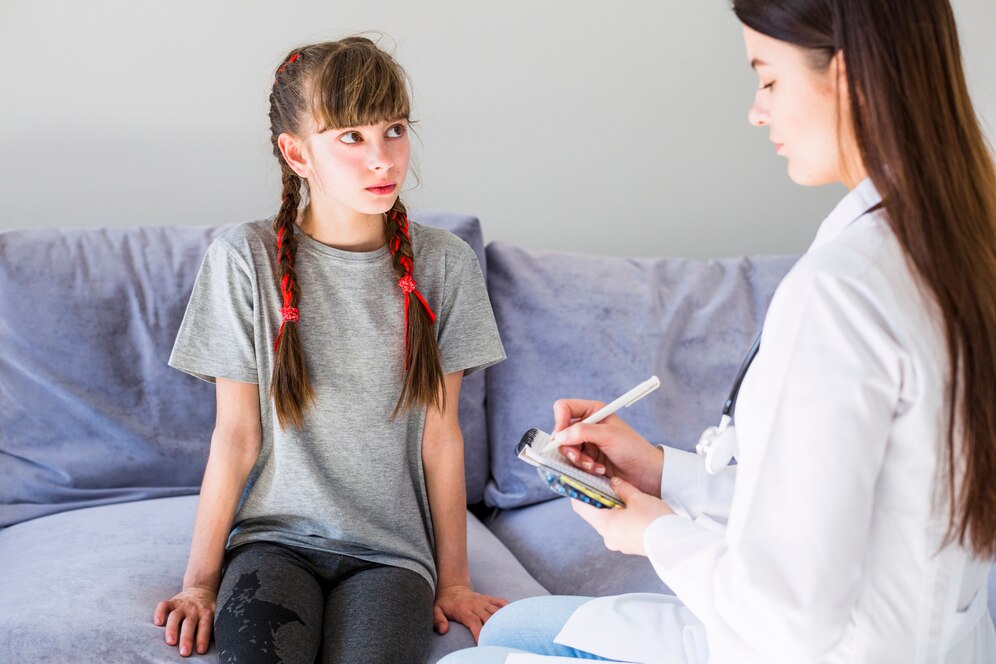Introduction to Dual Diagnosis in Adolescents
Dual diagnosis denotes the simultaneous occurrence of mental health conditions and substance abuse problems, complicating the treatment process significantly. This condition is especially critical during adolescence, a developmental phase marked by rapid changes and growth. Adolescents with dual diagnosis face unique challenges, as their symptoms can be intertwined, clouding diagnosis and treatment. Thus, programs offered by residential treatment centers for teens are essential. These centers provide structured environments where professionals work closely with adolescents to tackle both facets of their conditions comprehensively, fostering an environment conducive to healing and growth.
Recognizing the Signs and Symptoms
The ability to recognize signs of dual diagnosis early can drastically affect treatment outcomes. Symptoms may include radical mood swings, unexplained fatigue, drastic changes in friend circles, and noticeable shifts in personal hygiene or behaviors. These could be mistakenly attributed solely to growing pains in teenagers, underscoring the importance of awareness among parents and educators. A deeper understanding of these signs allows for early intervention, offering the adolescent a better opportunity to manage their conditions before they spiral out of control. Recognizing these signs not only aids in timely assistance but also allows for building a compassionate support system eager to help.
The Role of Family and Community Support
Effective support systems play a foundational role in the recovery of adolescents dealing with dual diagnosis. Often, the first line of defense, family members offer emotional stability and understanding, which are crucial during turbulent times. Their involvement can translate into sustained motivation for the adolescent, giving hope when it might seem bleak. On the other hand, community support expands this safety net, involving educators, peers, and social groups. Schools can facilitate therapeutic learning environments, while peer groups offer relational understanding and non-judgmental spaces where teens feel supported. Together, family and community collaborations can significantly improve the therapeutic journey.
Therapeutic Approaches and Their Benefits
Therapeutic interventions are diverse and highly adaptable, enhancing recovery chances for adolescents with dual diagnosis. Cognitive Behavioral Therapy (CBT) focuses on modifying harmful thoughts and behaviors through structured sessions, while Dialectical Behavior Therapy (DBT) introduces skills such as emotional regulation and mindfulness. These therapies, especially when customized, offer tangible benefits by directly addressing both mental health and substance use disorders. The goal is to make adolescents more self-aware and proactive in their recovery. Individualized treatment plans ensure that interventions meet the unique needs of each adolescent, optimizing their potential for success.
The Importance of Medical Interventions
Medical interventions complement therapeutic strategies by providing physiological support during treatment. Psychiatric evaluations may lead to prescriptions that stabilize mood, reduce anxiety, or manage symptoms of mental health disorders, thereby making other aspects of treatment more effective. Close monitoring by healthcare professionals ensures the safety of medications and enables adjustments to optimize benefits while minimizing side effects. Bridging mental health care with substance use treatment is essential, as it addresses physical and psychological dependencies comprehensively. This dual approach fosters a holistic recovery path, equipping adolescents with the resilience needed for sustained well-being.
Creating a Positive Environment for Recovery
Establishing a supportive atmosphere is crucial for adolescents recovering from dual diagnosis. It involves encouraging health-conscious choices in various aspects of life. Families can leverage educational resources to foster understanding and empathy in their homes. Creating positive routines and reducing stressors help stabilize the adolescent’s condition, making therapeutic interventions and medical treatments more effective. A nurturing environment builds resilience, offering adolescents a stable platform to engage in their recovery journey actively.
Overcoming Stigma and Building Awareness
Conquering the stigma linked to mental health and substance abuse is paramount when supporting adolescents with dual diagnosis. Society often harbors misconceptions that can deter individuals from seeking help based on unfounded judgments. Encouraging open dialogue and community education dismantles these barriers, enabling a more supportive environment for treatment. Inclusive conversations around mental health and substance use within schools, workplaces, and communities foster awareness. By advocating for these discussions, we can create a culture of understanding and acceptance, empowering adolescents and their families to seek the help they need without fear of judgment.
Resources and Support Networks
An extensive range of resources is available to assist adolescents and their families in managing the difficulties of dual diagnosis. Organizations and support networks provide information, guidance, and shared experiences essential for informed decision-making. Professional counselors, online forums, and structured programs offer advice and community, ensuring families never feel isolated in their journey. Educational platforms provide valuable insights into understanding dual diagnosis and finding appropriate interventions. Engaging with these resources combats isolation and provides paths for sustainable recovery, instilling hope and resilience.

